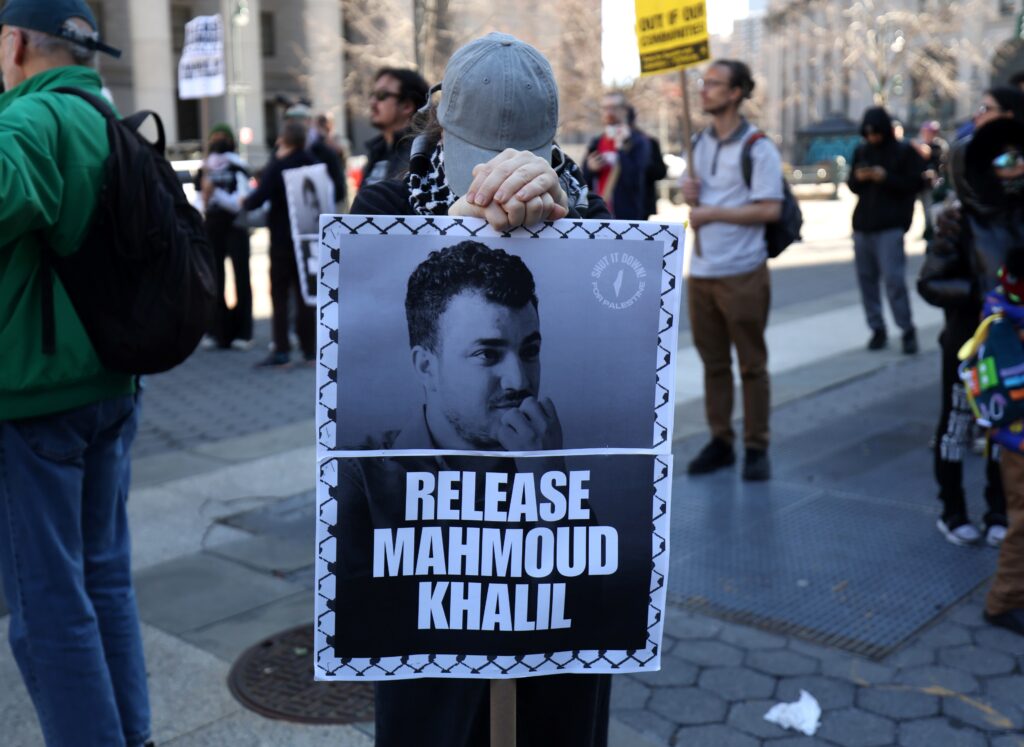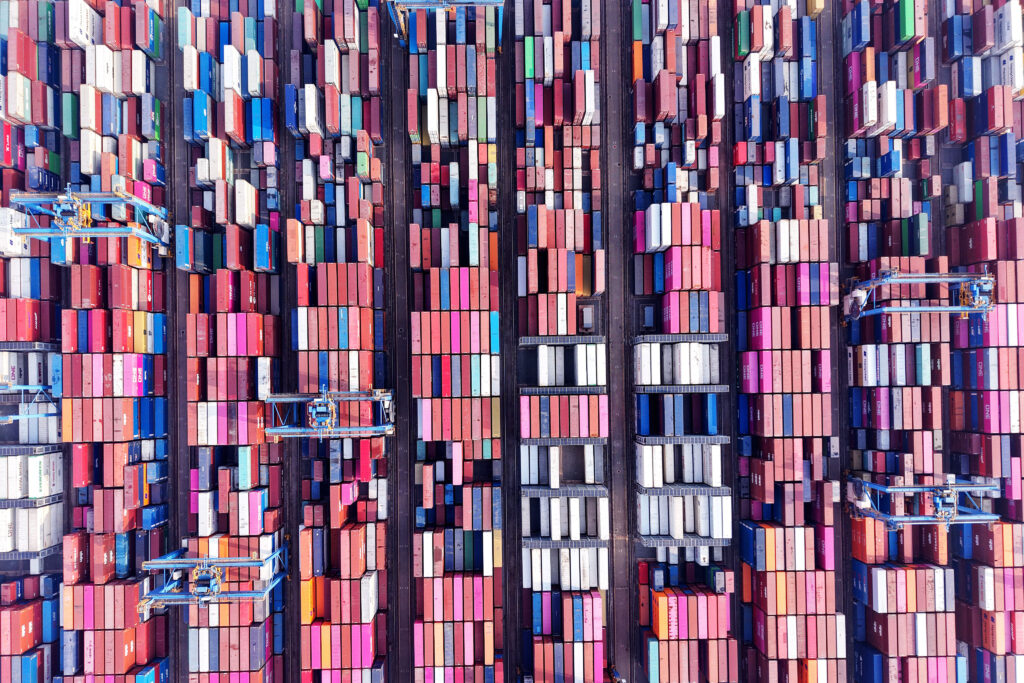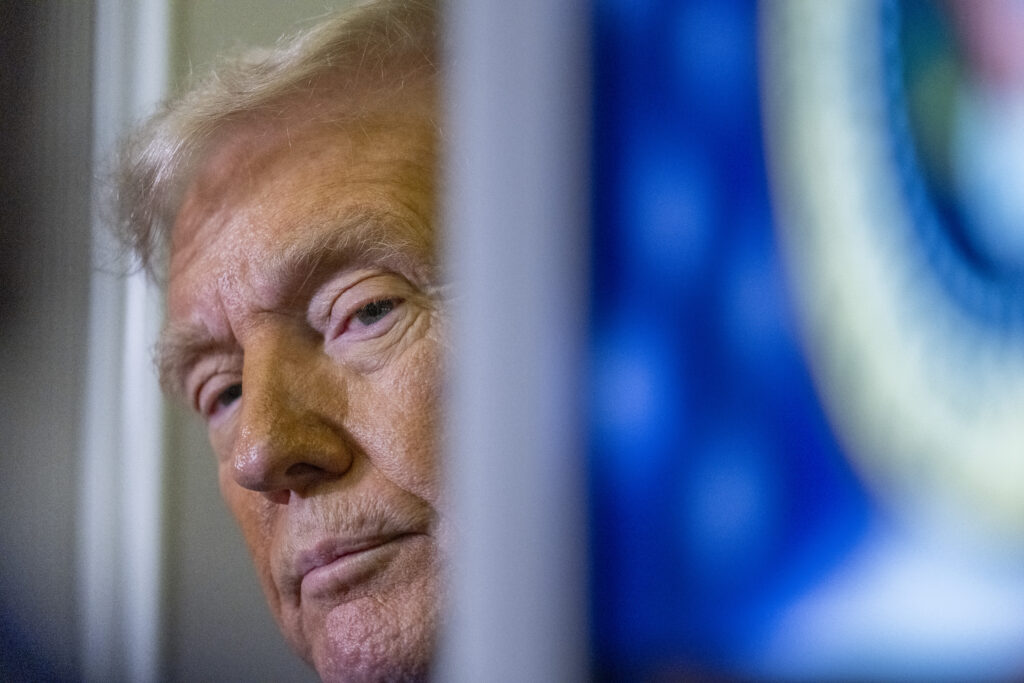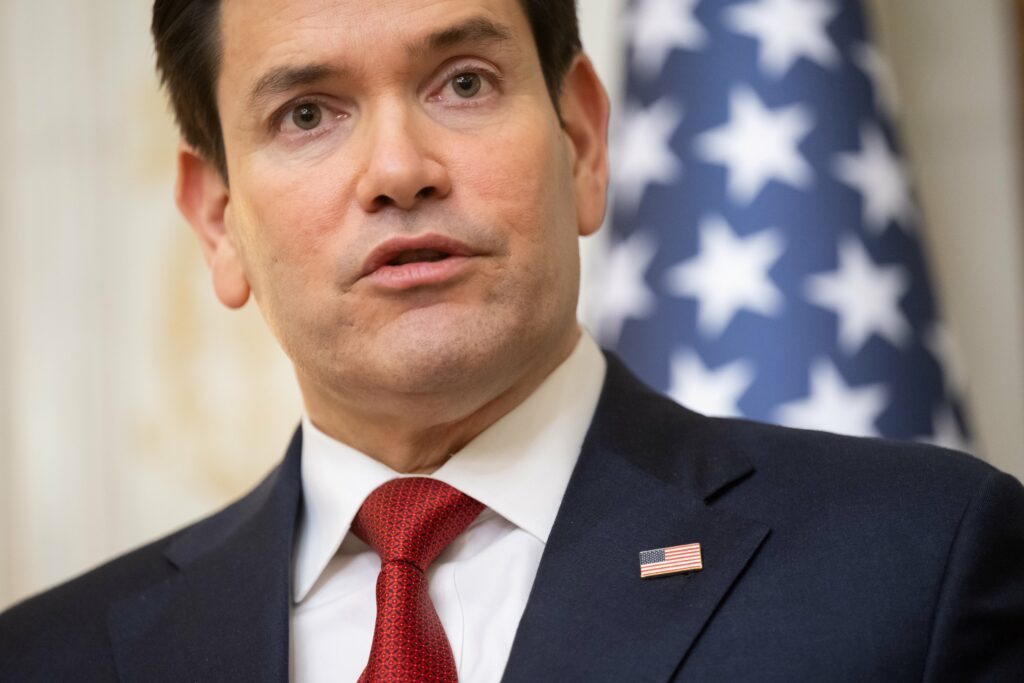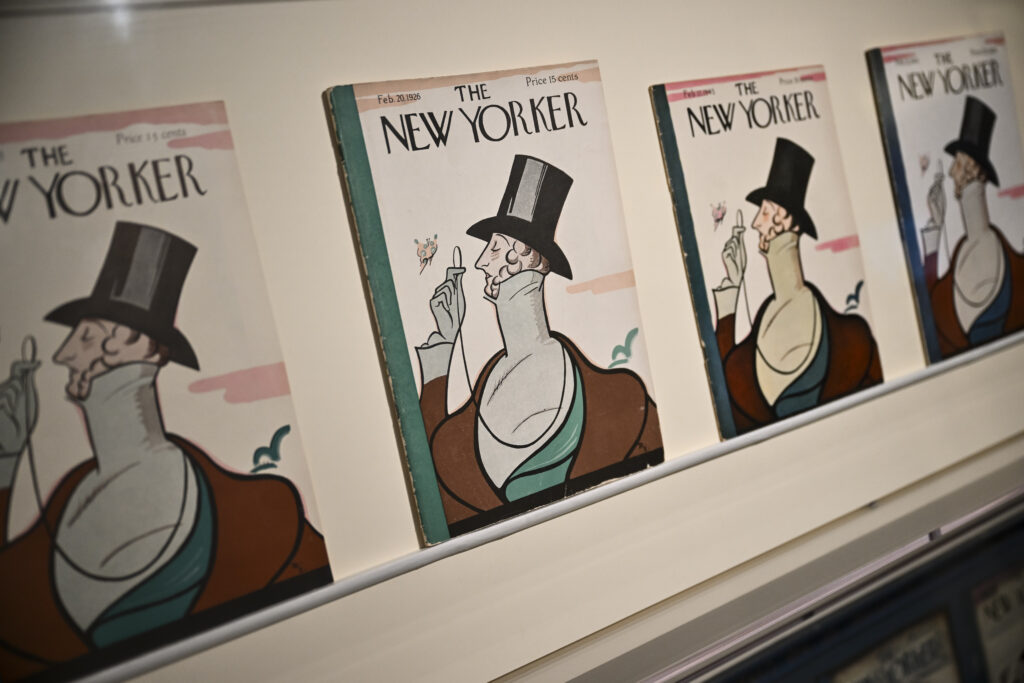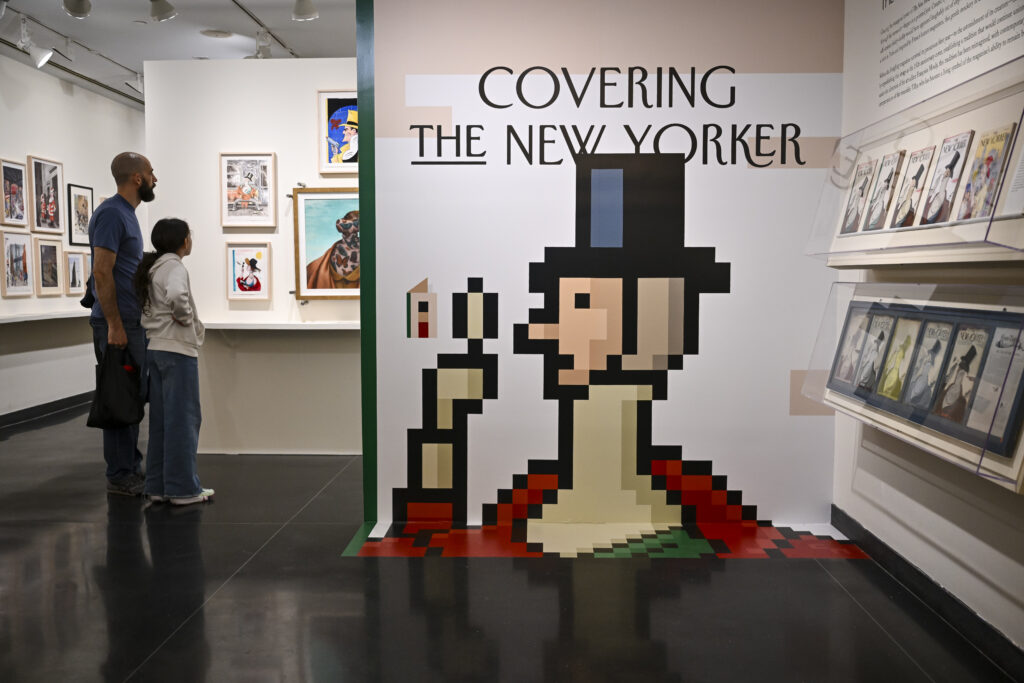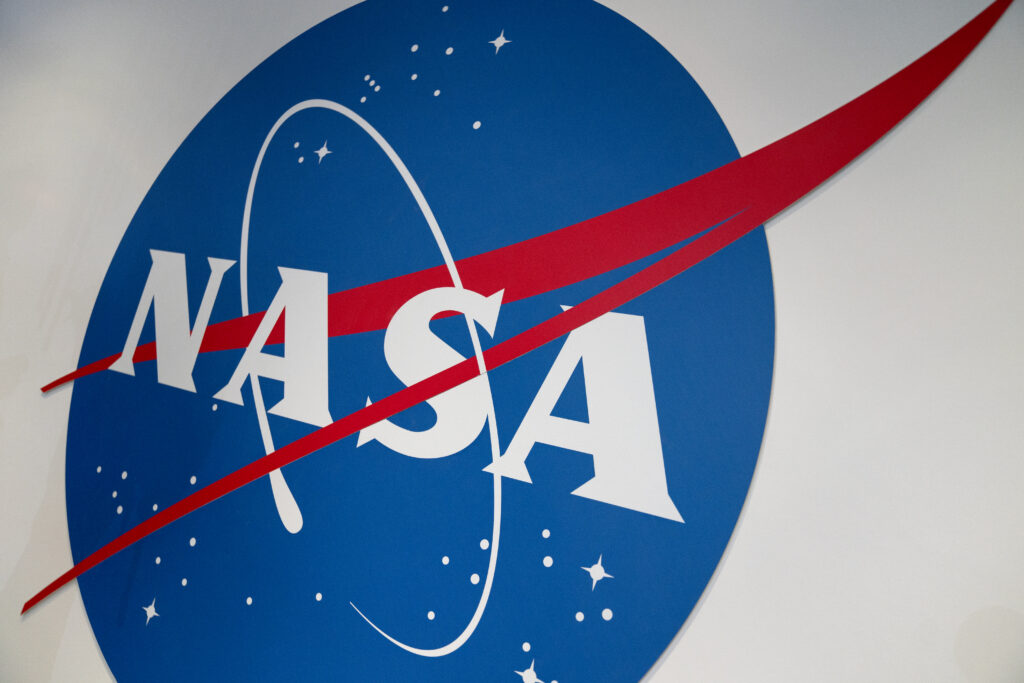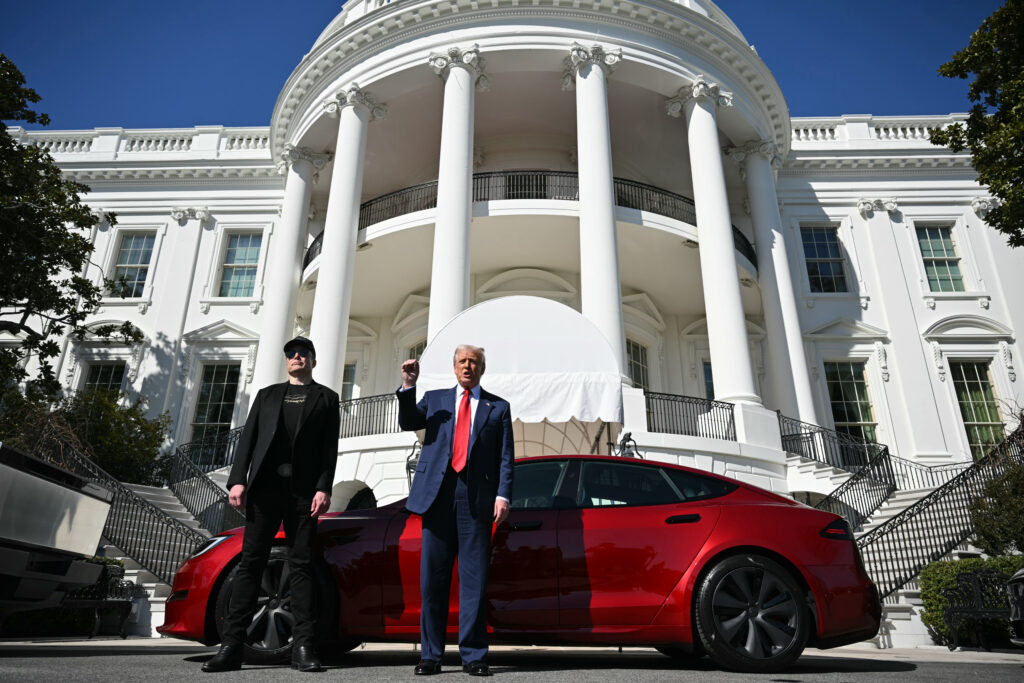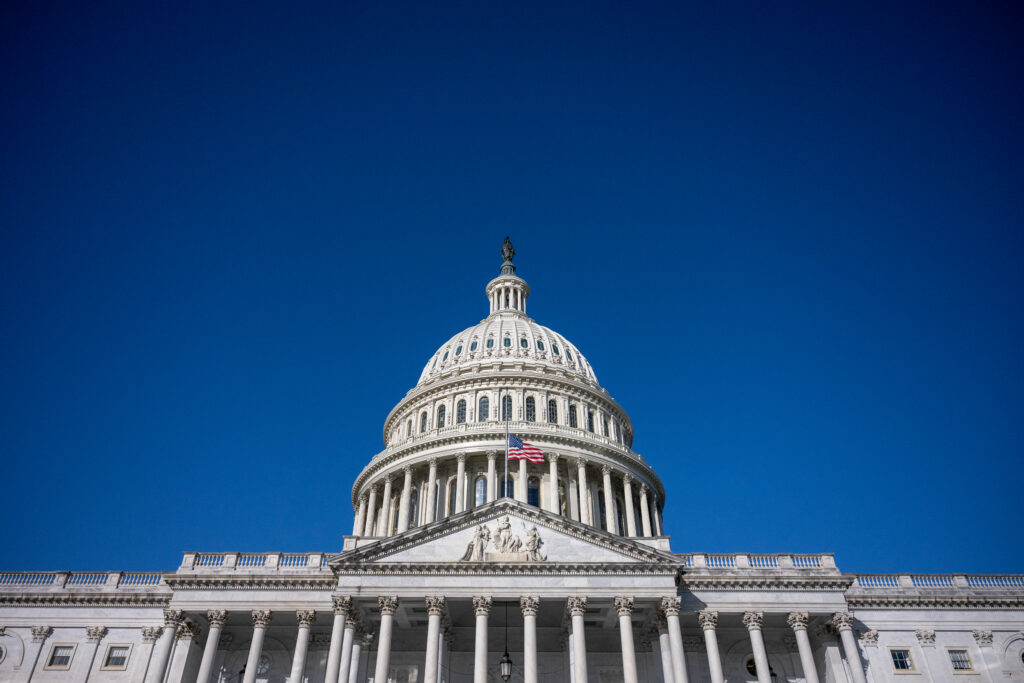Pro-Palestinian activist’s arrest ‘not about free speech’: Rubio
The arrest of a pro-Palestinian activist does not contradict the US administration’s stance on defending free speech, US Secretary of State Marco Rubio said Wednesday.”This is not about free speech,” Rubio said when asked if the weekend arrest of Mahmoud Khalil clashed with President Donald Trump’s championing of the right to express opinions in the United States and in Europe.”This is about people that don’t have a right to be in the United States to begin with,” Rubio told reporters at Ireland’s Shannon Airport during a refuelling stop after a trip to Saudi Arabia.Khalil, a recent graduate of Columbia and one of the most prominent faces of the university’s high-profile protests, was arrested by US immigration officials even though the university’s student union and his lawyer said he held a Green Card allowing permanent residency. Protesters in New York and rights groups have expressed outrage after Khalil, a leader of pro-Palestinian demonstrations at the city’s Columbia University, was arrested over the weekend.Trump has said Khalil’s arrest is the first “of many to come”, accusing students across the country of being engaged in “pro-terrorist, anti-Semitic, anti-American activity” that his administration “will not tolerate”.”No one has a right to a student visa. No one has a right to a Green Card, by the way,” said Rubio. “When you come to the United States as a visitor, which is what a visa is, which is how this individual entered this country -— on a visitor’s visa -— you are here as a visitor,” he said. “We can deny you that if you tell us when you apply, ‘Hi, I’m trying to get into the United States on a student visa, I am a big supporter of Hamas,'” he added. The US Department of Homeland Security, confirming Khalil’s arrest, claimed that he had “led activities aligned to Hamas” and that the DHS action was taken “in coordination with the Department of State”.The protests at Columbia, launched last year in opposition to Israel’s devastating war in Gaza, brought widespread media attention as tensions mounted on the campus and spread to other universities around the country.Some protests turned violent and saw campus buildings occupied, while students protesting Israel’s conduct were frequently pitted against pro-Israel campaigners, many of whom were Jewish.Trump and other Republicans have broadly accused the protesters of supporting Hamas, a US-designated terrorist group whose deadly attack on October 7, 2023 against Israel sparked the war.
